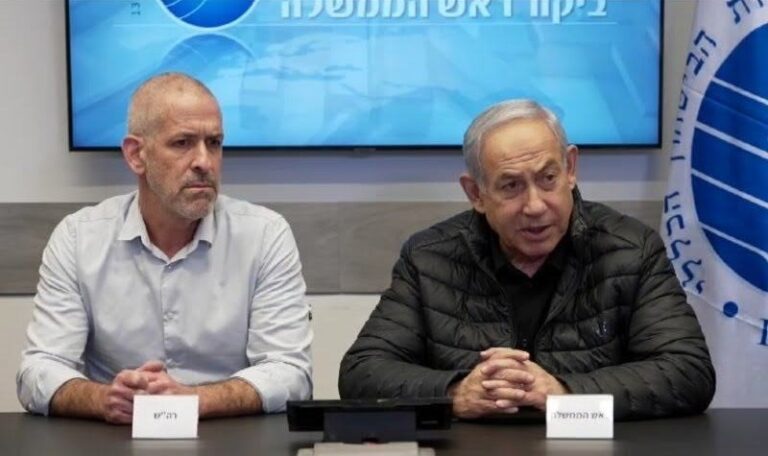Police Sgt. John Flynn didn’t even flinch as he started his descent from the top of the Brooklyn Bridge, briskly walking down a narrow suspension cable with only a safety harness between him and a possible 27-story fall to the glinting East River below.
“It becomes like second nature to you,” he said of the dizzying height. “Three stories is no different from 30 stories.”
Being part of the Manhattan skyline was just another day at the office for Flynn and other members of an elite unit that specializes in dangerous, often high-rise rescues. Training exercises like a recent climb up the iconic bridge are designed to get team members thinking beyond the risk to their own lives so they can help save someone else’s.
Successful rescues over the years have included window washers dangling 17 stories up the side of a skyscraper, distraught people threatening suicide on the Manhattan Bridge and a young thrill-seeker who used suction cups to climb the glass walls of Trump Tower. They’ve even saved a paraglider who crashed into the torch of the Statue of Liberty.
“You’re working from the minute you get the call,” said Flynn, a rope rescue instructor. “You’re thinking about how to best approach the climb, and how to approach the person even before you meet them, how to help them.”
The New York Police Department’s 400-officer Emergency Services Unit is among the most highly trained in the nation in both rescues and law enforcement, and it’s one of the most coveted assignments at the 35,000-member department. Candidates must have at least five years on patrol and make it through an eight-month training program followed by rigorous testing. They go on to work as SWAT teams, jump out of helicopters, rappel down skyscrapers and dive into waters in full scuba gear.
“The officers are handling multiple different jobs all in the same tour,” said Deputy Chief Vincent Giordano, the commanding officer of the unit. “They’re prepared for anything, and they train for anything.”
New York has the second-most skyscrapers in the world, just behind Hong Kong, with about 325 buildings over 500 feet. While the fire department also is trained to handle high-rise rescues, the NYPD unit is brought in on cases in which people are resisting help, suicidal or otherwise mentally unstable.
Most of the officers on the bridge drill had climbed taller structures and gone up the bridge under more stressful circumstances. Flynn, for instance, helped talk a jumper down from the top in 2013. The man stood at the very edge, and it took hours to get him down.
“It’s very hard,” Flynn said. “You’ve just convinced this person they should live, and then you’ve got to get them down.”
But they don’t save all of those who are intent on taking their own lives, and those cases haunt members of the unit. “You’re just doing your best to try to save someone,” said Detective Jose Otero.
Others resist help because they are trying to make a point. That was the case last August, when Detective Chris Williams, a 14-year member of the unit, was about to end his shift for the day and got a call that a protester was using suction cups and ropes to climb from the fifth floor to the 21st floor of Trump Tower.
Climber Stephen Rogata said he just wanted to talk to then-GOP nominee Donald Trump, and refused any help or efforts to get him to surrender for his own good.
“I explained to him that Trump was not at home,” Williams said. “It’s going to rain, and you don’t want to be on the side of this glass building in the rain.”
While Williams talked, police took out a window above Rogata and officers set up a rigging system. But Rogata refused to clip into the safety line.
Williams decided it was time to take matters into his own hands. “That’s when I grabbed him by his arms and did a long drag and pulled him inside the window,” he said.
The scene played out on national television, but the officers are used to an audience. During the bridge drill, crowds below gathered to watch, and 911 calls poured in. A local television helicopter circled as officers, accompanied by three journalists from The Associated Press , climbed the sloping suspension cable to the top of the southern stone tower.
Detective Williams dangled on the side of a vertical ladder at the very top, helping others ascend.
“It’s all about trusting the equipment, and your partner,” he said. “And yeah, I guess, yourself.”
(AP)











